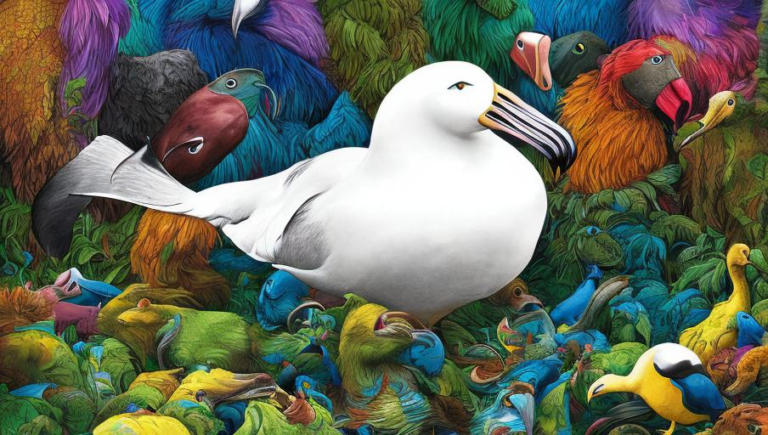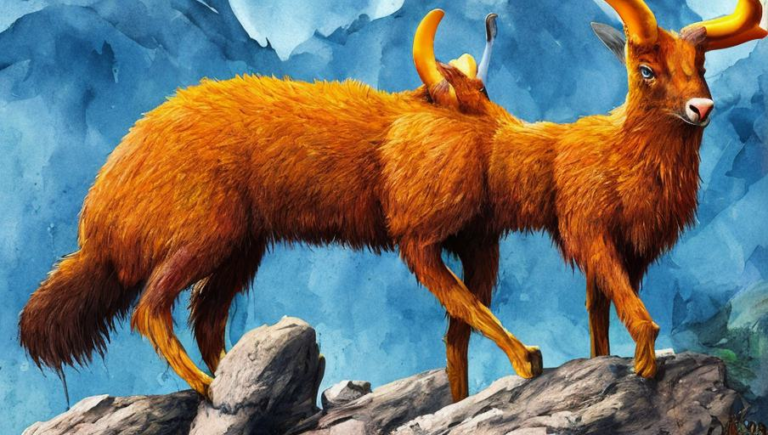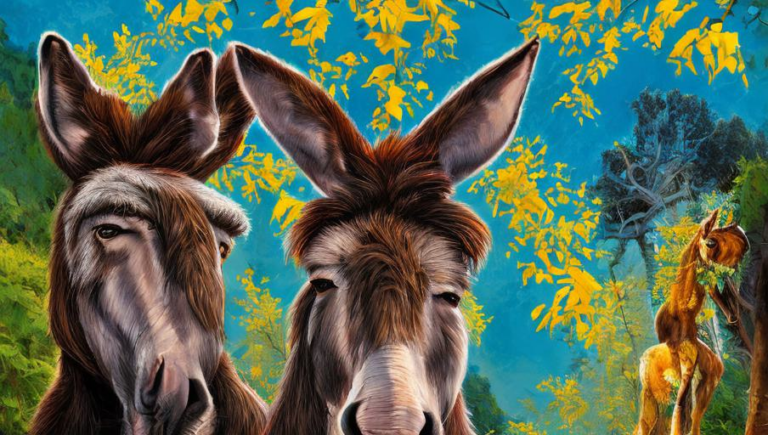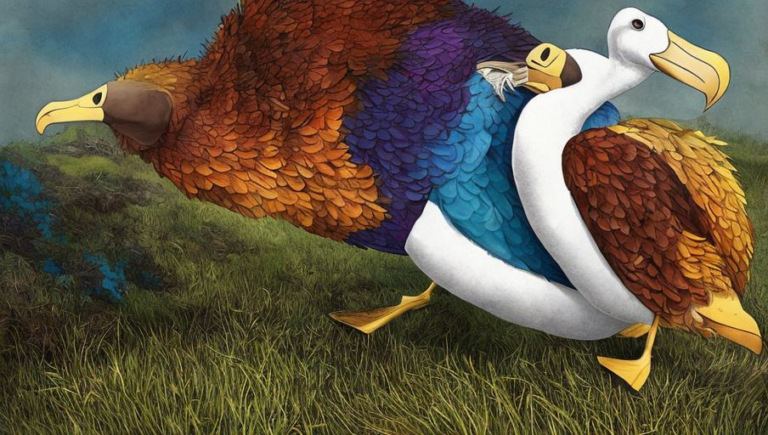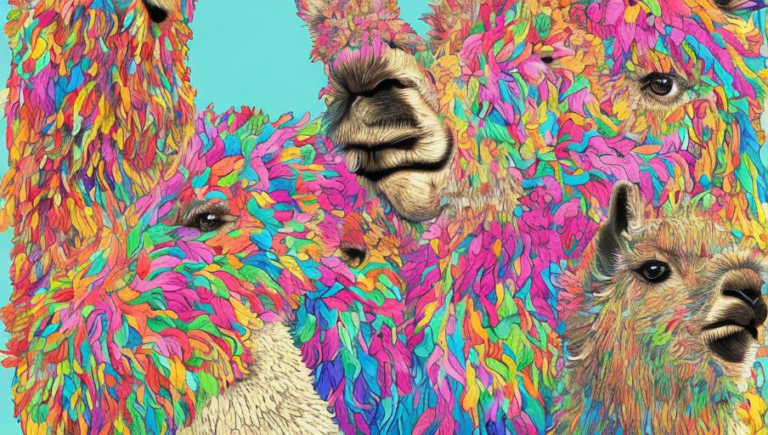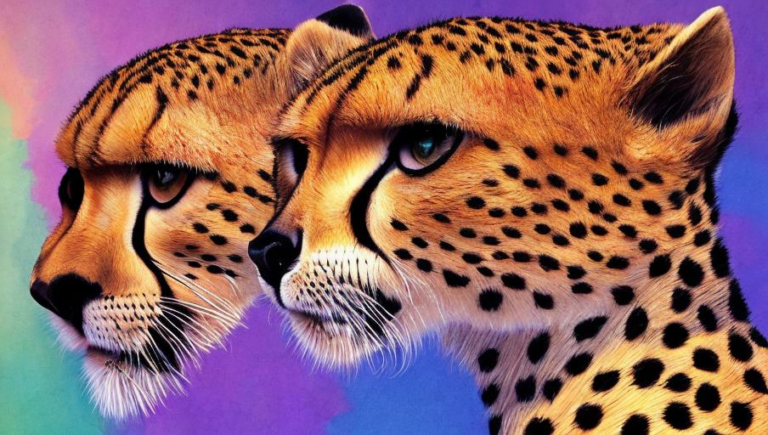Aardvarks and Their Critical Role in the Ecosystem
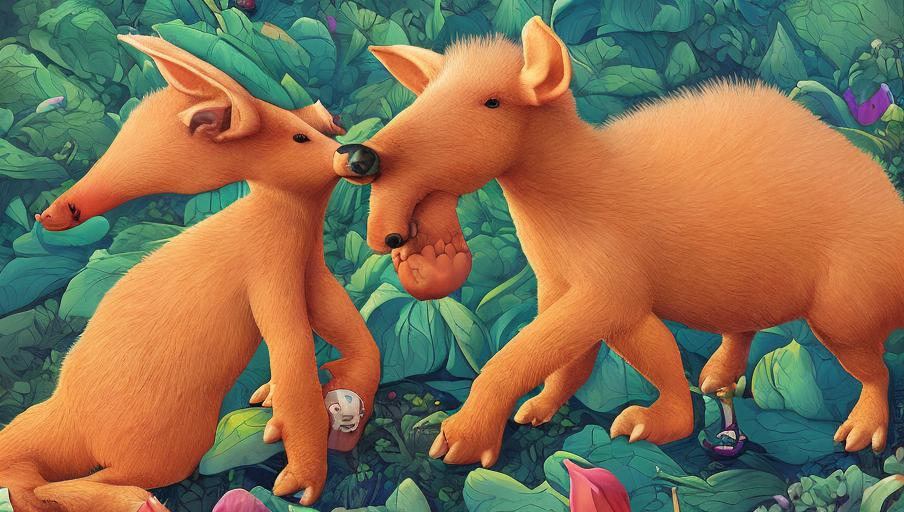
Introduction
Aardvarks, also known as “antbears,” are a species of mammal found in Africa south of the Sahara Desert. They are shy, nocturnal creatures that feed on ants and termites and are important to the ecosystems in which they live. This article will cover the different ways in which aardvarks play a critical role in their environment and the actions that can be taken to protect them.
Habitat and Diet
Aardvarks are native to savannas, woodlands, and other dry regions of sub-Saharan Africa. They have a large range and can be found in Angola, Botswana, Kenya, and other countries. They are incredibly well-adapted to the climate and environment in which they live and are able to survive in arid, drought-prone areas. Aardvarks feed primarily on ants and termites, but they will also eat other insects such as larvae, beetles, and worms.
Importance to the Ecosystem
Aardvarks play an important role in the ecosystems in which they live. They are important predators and help to control the populations of ants and termites, which can otherwise become pests. Additionally, their burrowing habits can help to aerate the soil, which can help to improve water drainage and increase fertility. Aardvarks also provide food for a variety of other species, such as jackals and hyenas.
Threats and Conservation Efforts
Unfortunately, aardvarks are threatened by habitat destruction and habitat fragmentation due to human activities such as logging, mining, and agricultural expansion. Additionally, they are hunted for their meat, which can further reduce their populations. Fortunately, there are a number of conservation efforts in place to help protect aardvarks and their habitats. These include the establishment of protected areas, the enforcement of hunting bans, and the promotion of sustainable agricultural practices.
Conclusion
Aardvarks are an important part of the African ecosystems in which they live. They are important predators that help to regulate the populations of ants and termites, and their burrowing habits help to aerate the soil and increase water drainage. Unfortunately, these creatures are threatened by human activities such as habitat destruction, habitat fragmentation, and hunting. Fortunately, there are a number of conservation efforts in place to help protect aardvarks and their habitats, and it is important that we continue to support these efforts in order to ensure the survival of this species.
